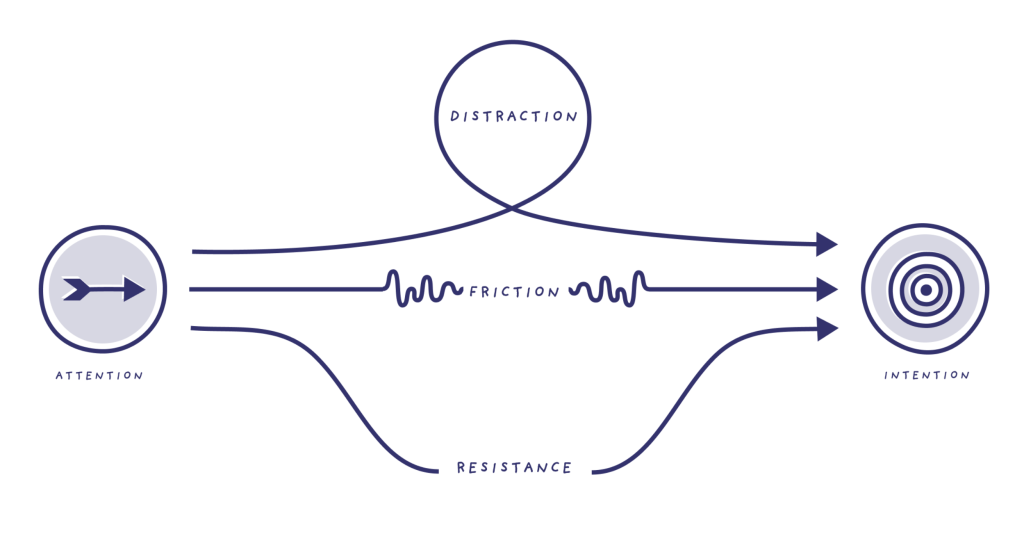In 2022, I joined The Xchange Company, a Canadian VC with ambitious plans to build a venture platform that connects, captures, and rewards people based on value, along with a leadership arm of the business that exposes and trains leaders to new methods and ideas so they can be future-forward thinkers. I was responsible for standing up the leadership arm and working with the CEO to bring an idea he had for a book to fruition.
In our work together, it became evident that the book was more of a collection of frameworks that was better as a course. The book morphed into the XOS, which stands for Xchange Operating System.
When most people think of an operating system (OS), they think of technology. Every computing device has an OS. Simply put, an OS is why a computer works. But in an even more basic sense, an OS is a set of rules and constraints that manage a complex system.
People also need operating systems to work together because they are far more complex than any computer. Computers don’t have emotions and opinions like humans. Groups need rules and constraints when pursuing a purpose or goal. They need structures —a human OS— to help streamline execution, behaviour and communication and accelerate the group’s ability to reach shared outcomes and get there smoothly.
So, similar to how the OS of a computing device is invisible to the user, The XOS is a collection of invisible shared fundamentals (understandings) and frameworks (practices) that allow individuals and groups to work better together.
The premise of the OS and the reason the frameworks work for everyone is because they are based on scientific principles that link back to foundation of how all things, including humans, which is energy. By understanding energy systems and principles we created simple frameworks that help people think, communicate and collaborate so they can take their ideas and themselves to their highest potential.
Here is an example of one of the frameworks in XOS called The Focus Audit:

The Focus Audit trains leaders to be aware of where their focus is and bring it back to where it needs to be.
Generally, when leaders aren’t getting the results they want in business it’s because their attention—their focus—is not aligned to their intention—the thing they want to get achieve.
There are three reasons attention moves away from intention and they arE: 1) Distraction—a force momentarily taking them away from what they want, 2) Friction—a barrier in the way that is easily surmountable, and 3) Resistance—a major barrier or force pushing against what you want.
